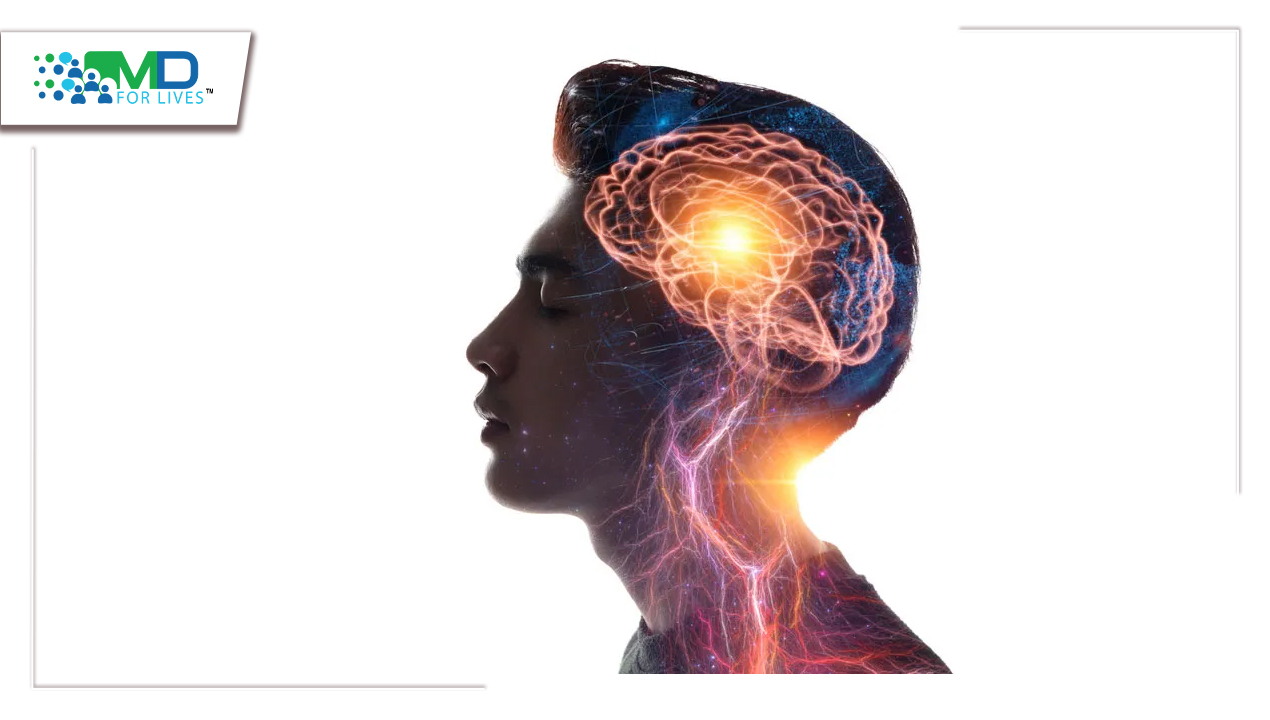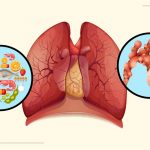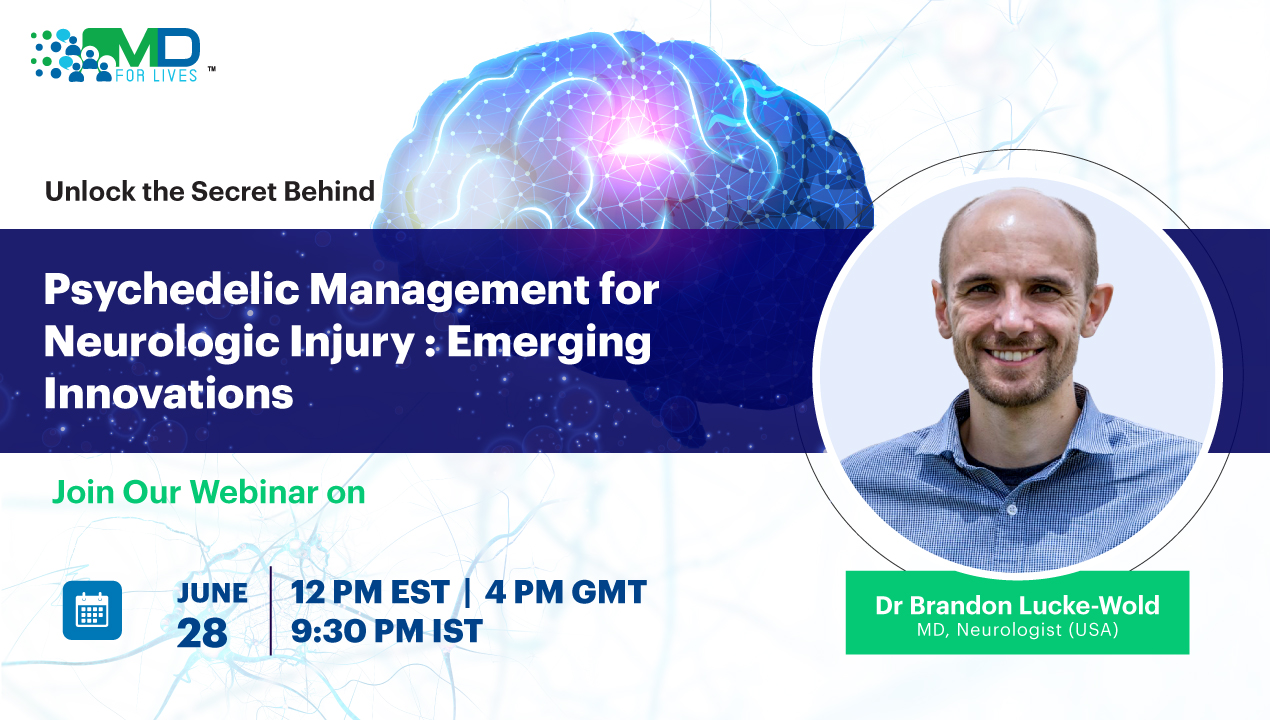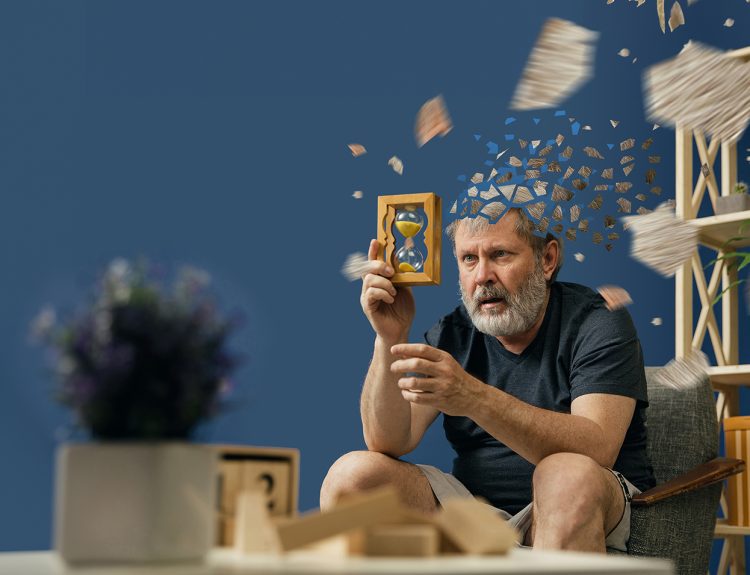The doctors will not say it, but you can tell by their eyes, and those of your family and loved ones. Time is running out. With the minutes slipping away, your mind is racing, perhaps in regret, maybe in pride. You think of all the good times, past relationships, all the bad times, mistakes, there is no use dwelling on it. You afford yourself a wry smile. Je ne regrette rien…ou tout, vous décides.
Where to next? This is the biggest mystery of mankind. Religions have been made on this knowledge, theologians throughout time have wondered, what happens when we pass from this mortal coil?
Within the brain lies the answer, or at least a hint.

The human brain is 3.3lbs of tissue, a mix of grey matter and white matter that serves as the control tower for the entire body, composed of countless nerve cells and divided into 4 lobes – the frontal, temporal, parietal, and occipital lobes. It handles the senses and all mental functions. It leads into the brain stem, which controls the basic functions of the organs, like the circulatory system, respiratory system, and spinal cord.

The brain is like a general commanding an army of countless soldiers in your body. If it is not in working order, you will not survive.
What happens to the brain at the moment of death depends on how you are dying?
The first situation is when the brain kills the body. This is when the brain suffers a massive injury that makes it impossible to sustain the body (this could be a bullet wound, a strong blow, concussion, stroke, aneurysm). It can also happen non-violently, when a blood vessel bursts in the brain, causing a stroke or brain aneurysm that floods the brain, drowning the vital nerves that keep things running.
In cases like this, the brain shuts down quickly, often before the body realizes what has happened?
There is no time to process what is happening at death because the brain is first to go, and the body soon follows. Sometimes, the lower brain functions of the brain stem are preserved, and this is called brain death. The body is technically alive, but there is no consciousness left and the person is usually taken off life support shortly thereafter.
But what happens when the body is first to go?
The brain needs the body to be functioning so it can get the life-sustaining oxygen it needs to keep running. If the brain cannot breathe and the circulatory system cannot get blood to the brain, the brain will start starving and eventually die. This is common when other parts of the body are injured, such as a wound to a critical organ. It can also be caused by a heart attack, an illness like cancer, or old age as the body’s organs start to slow down and wear out.
In this case, there are more chances for life-saving medical intervention, but there are only so much doctors can do before eventually time runs out.
This is when the brain shuts down slowly, and people experience the sensation of dying while fully conscious.
But how will we know what people experience? Nobody else has been there and back. Or have they? Many people have claimed to have had near-death experiences when they have come close to death but were pulled back. This is common when someone has a traumatic and sudden physical ailment that brings them to the point of death, and always involves the body but not the brain. Survivors of heart attacks, severe allergic reactions, comas, surgical complications, or car accidents, often recall making contact with something they believe is the afterlife.
Doctors say this is the result of the lack of oxygen to the brain, causing hypoxia and hallucinations that feel especially intense given the trauma of the experience.
But what do they see? And is it proof that death is not the end of the road?
Most of the people who report this phenomenon are deeply religious and are intensely convinced that have made contact with the ‘other side’, a spiritual world, heaven, etc.

When 3-year-old Colton Burpo underwent emergency surgery for a burst, he nearly died on the operating table. Fortunately, he survived, and came back with incredible stories of what heaven was like, including details of long-dead relatives, he could not have known. He and his father wrote a book, “Heaven is for real” about his experience, but many critics say there are holes in the story and Colton was never clinically dead during surgery.

When Matthew Botsford (below) walked out of a restaurant and into the middle of a gun battle in 1992, he was struck by a bullet, and went into a coma. He claimed to wind-up in a place of total blackness and horror, until he was lifted out by a figure, he believed was God, returning his soul to his body. He woke up after 27 days and recovered over a 2-year period. He and his wife wrote a book about the close encounter with “hell”. Doctors, however, remain skeptical about this story, because of the added factor that the bullet wound was in the brain. The brain is a complex organ, and a bullet inside it during a near-death experience could easily conjure up horrifying experiences.

What do scientists say about these experiences?
Ever since technology was available, scientists have been studying the moment of death for clues as to what happens to people, what happens to the brain?
Using EEG, or electroencephalogram technology to track activity in the brain, scientists discovered brain activity actually flares at the moment of death. When researchers tested the brain activity of rats that were euthanized, they discovered, they discovered that the animal’s consciousness was even more alert and intense than the normal waking state (Borjigin et al., 2013; Palmieri et al., 2014; Martial et al., 2020).
How long does the brain die after the body does? Doctors in a Canadian institute in 2018 noted up to 10 minutes of EEG activity in one patient, something akin to deep sleep.
A study from the Department of neurosurgery, in Henan province, Zhengzhou China in 2022, analyzed the EEG recording from a dying human brain, obtained from an 87-year-old patient undergoing cardiac arrest after traumatic subdural hematoma. The report can be seen below:
“There were at least 12 identified electrographic seizures, after which a burst suppression pattern spontaneously developed over the left hemisphere (Figure 2A). Shortly thereafter, electrographic activity over both hemispheres demonstrated a burst suppression pattern, which was followed by development of ventricular tachycardia with apneustic respirations and clinical cardiorespiratory arrest.

What this shows was definite electrical activity in the brain for 10 minutes. The patient’s family informed doctors they ‘did not want to resuscitate’, all treatment stopped, and the patient passed away. That time, however brief, where the EEG resonated energy and electricity, may well have been that ‘near death’ hallucinatory experience that human beings have yearned to know since the dawn of humanity.
Those who have recovered from near death often have amazing stories, but they could easily be the result of hallucinations caused by unusual brain activity or oxygen deprivation. It seems to find out the truth of what happened to the brain at the moment of death, there is only one way to find out, but those that truly know, are not telling tales.

MDForLives is a vibrant community of healthcare professionals and patients dedicated to shaping the future of healthcare. We provide valuable global insights to healthcare companies through online surveys, interviews, and discussion forums.






